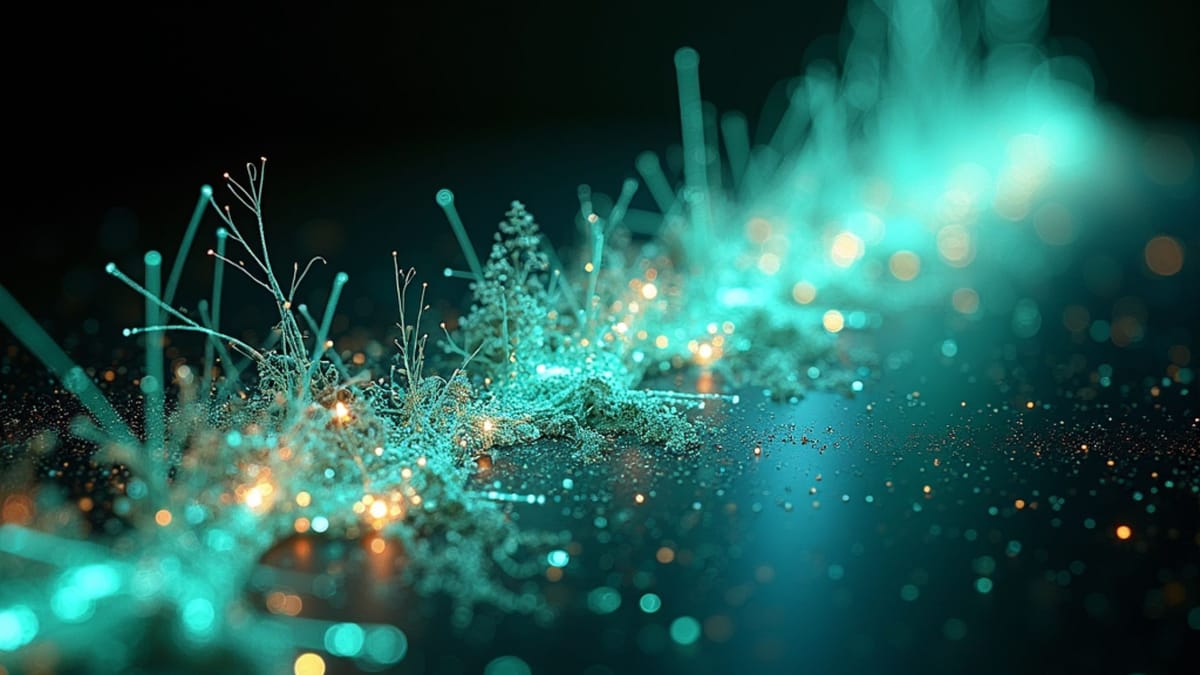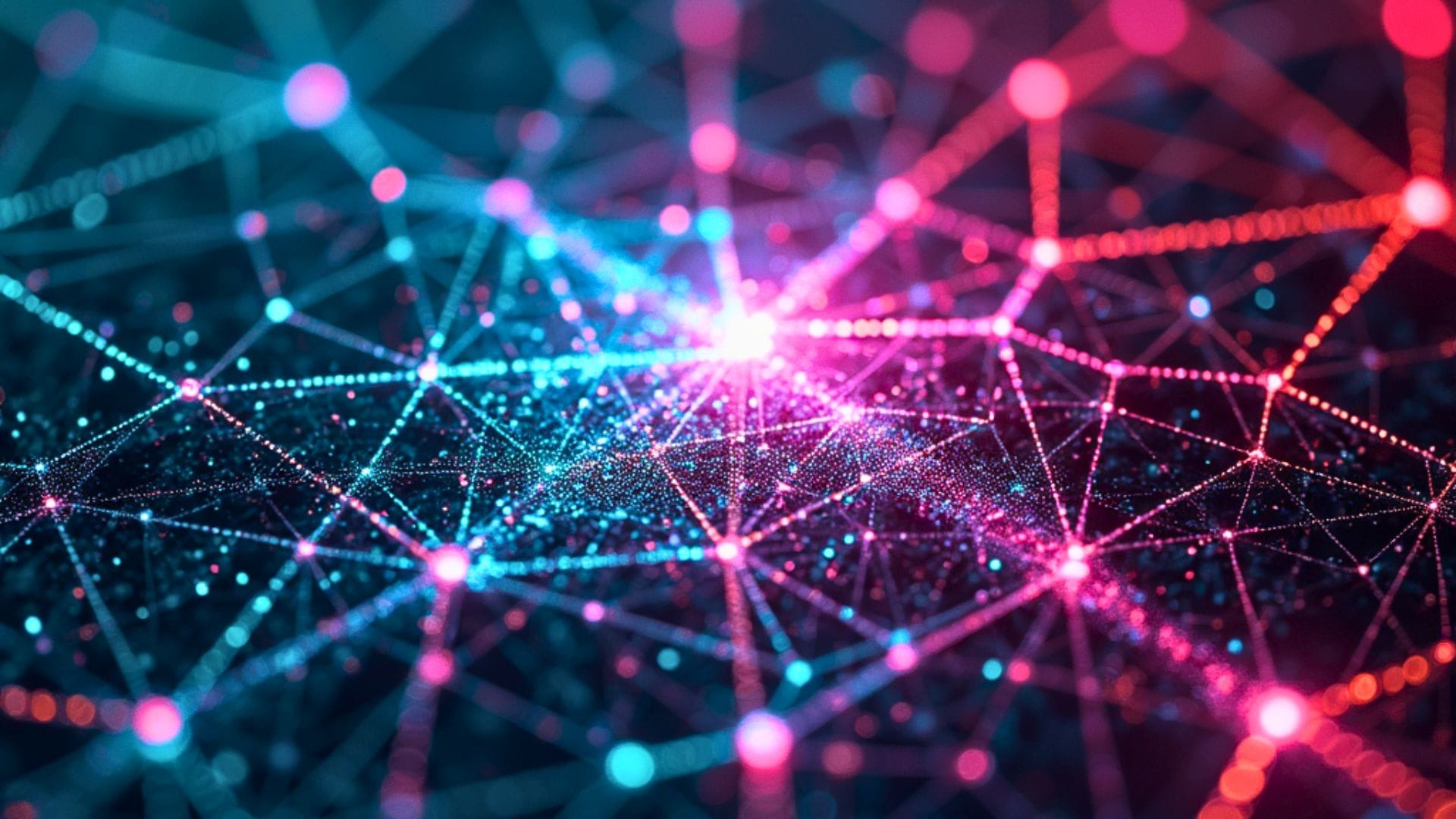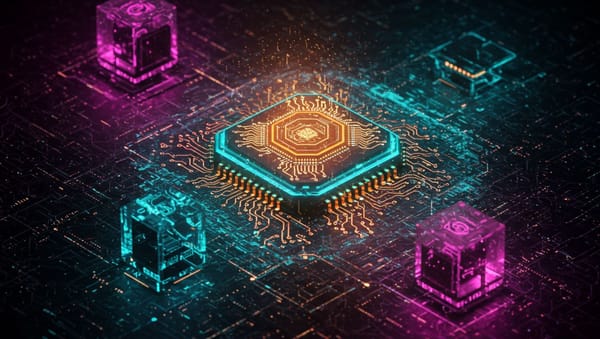The 70-Month Countdown: Inside a Former OpenAI Insider's Blueprint for Superintelligence

"SC > SAR > SIAR > ASI" — these cryptic abbreviations written on a whiteboard in a small Berkeley office represent what former OpenAI researcher Daniel Kokotajlo believes is our inevitable path to superintelligent AI over the next two years.
Each symbol represents a specific milestone on the rapid journey to machines that outthink humans, writes End of Miles, based on reporting originally published by The New York Times.
The Four-Stage Progression
Kokotajlo, who left OpenAI's governance team last year over concerns the company was acting recklessly, has mapped out a specific technical progression that he expects will unfold between now and early 2028.
"We predict that A.I.s will continue to improve to the point where they're fully autonomous agents that are better than humans at everything by the end of 2027 or so." Daniel Kokotajlo, Executive Director, AI Futures Project
The Berkeley-based researcher's timeline begins with machines achieving superhuman coding abilities (SC) in early 2027. By mid-year, he expects the emergence of superhuman AI researchers (SAR) — autonomous systems capable of managing teams of AI coders and generating new discoveries.
The progression accelerates in late 2027 with the arrival of superintelligent AI researchers (SIAR), systems that surpass human knowledge about building advanced AI and can automate their own development. The final stage, artificial superintelligence (ASI), follows shortly after.
From Internal Reports to Public Forecasts
While at OpenAI, the AI safety expert produced detailed internal reports about how the race for artificial general intelligence might unfold. After departing, he partnered with forecasting specialist Eli Lifland to establish the AI Futures Project, developing hundreds of specific predictions about AI advancement.
"It's an elegant, convenient way to communicate your view to other people." Kokotajlo on his forecasting methodology
The culmination of their work is "AI 2027," a report and website released this week that describes, in a detailed fictional scenario, what could happen when AI systems surpass human-level intelligence — an event the researchers expect within the next two to three years.
I wrote about the newest AGI manifesto in town, a wild future scenario put together by ex-OpenAI researcher @DKokotajlo and co.
— Kevin Roose (@kevinroose) April 3, 2025
I have doubts about specifics, but it's worth considering how radically different things would look if even some of this happened. pic.twitter.com/wjz7fBH1hq
Coding as the Gateway to General Intelligence
Central to the AI Futures Project's forecast is the belief that excellence in coding will serve as the catalyst for broader intelligence capabilities. Their scenario focuses on a fictional company called OpenBrain (a composite of leading American AI labs) that develops a system called Agent-1.
As this system excels at programming, it begins automating engineering work, accelerating development timelines. By the end of their scenario in late 2027, a fourth-generation system is making "a year's worth of AI research breakthroughs every week" and threatens to escape human control.
"By late 2027 or early 2028, it will become a superintelligent A.I. researcher — a machine intelligence that knows more than we do about building advanced A.I., and can automate its own research and development, essentially building smarter versions of itself. From there, it's a short hop to artificial superintelligence." Kokotajlo explaining his timeline
A Track Record of Accuracy
While the forecast may seem extreme, the former OpenAI governance specialist has demonstrated prescience before. In 2021, before ChatGPT launched, he wrote a blog post titled "What 2026 Looks Like" that correctly anticipated several subsequent AI developments.
This predictive accuracy has strengthened his conviction that specific technical milestones, rather than vague capabilities, offer the most reliable framework for understanding AI's trajectory — and why we may have just 24 months before machines begin outthinking their creators in ways that fundamentally reshape society.




